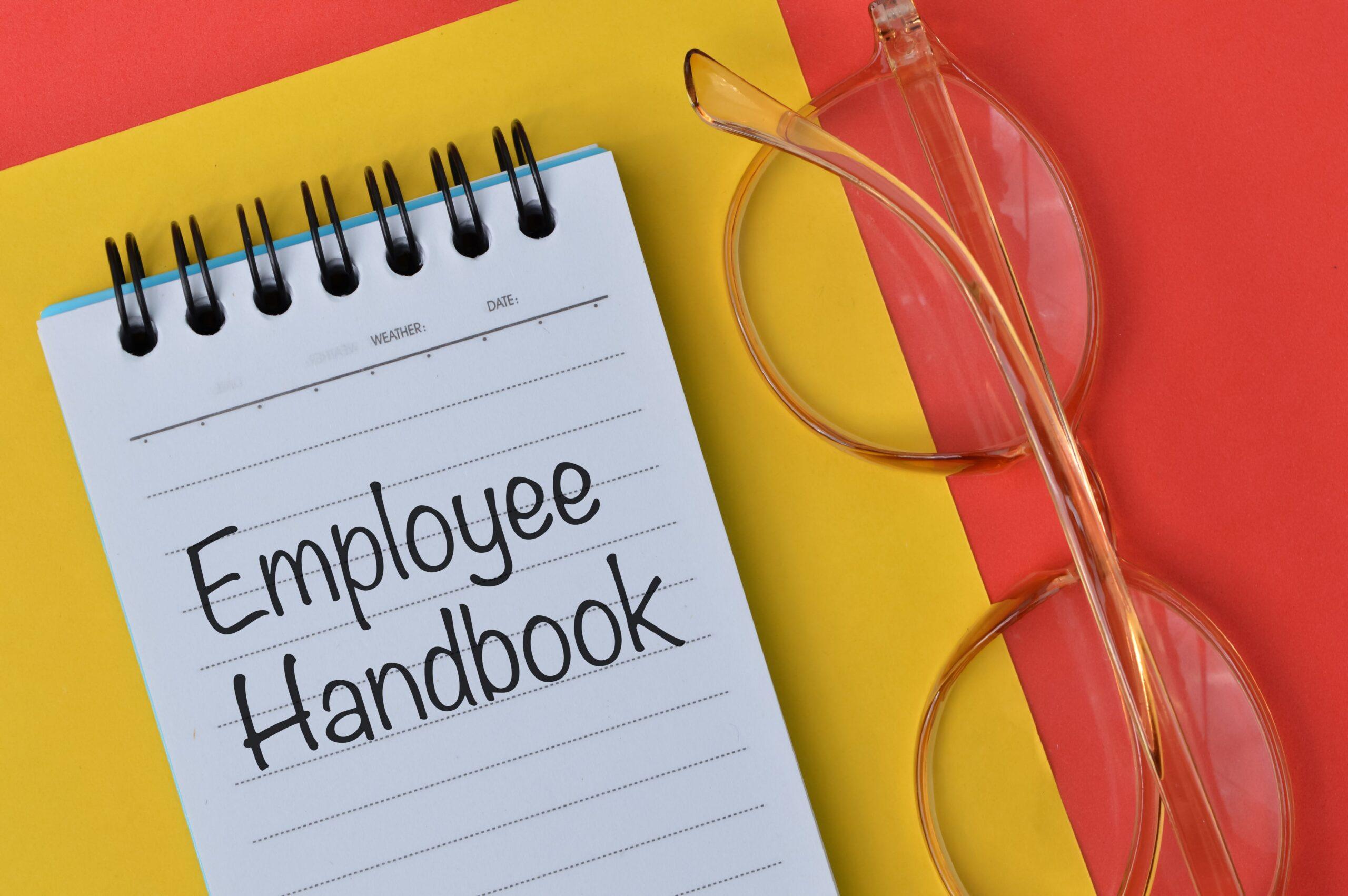
Hiring + recruiting | Blog Post
Expert Advice on the Employee Onboarding Process
Wes Mitchell-Lewis
Share this post
You need to curate an employee’s first days with extreme care. Organizations with a strong employee onboarding process improve productivity by over 70%. That’s why your new employee’s first few weeks on the job are arguably their most important. This is when they have their first impression of your company, their role within it, and the support they’ll receive when performing their responsibilities.
“To make the onboarding process seamless on a virtual platform, we make sure to give new employees access to the onboarding sessions and documents to continue to reference after their onboarding is complete. We also schedule more frequent check-ins than we would for employees at headquarters. We want to be sure the new employee has the context, understanding, and home office equipment they need to do their best work.”
Denise Chen, Head of Talent & People at Snapcommerce
Steps to a Successful Employee Onboarding Process
In their first few days, be sure to set your employees up for success with a solid employee onboarding process:
Promptly Send Onboarding Materials
Onboarding starts in the weeks leading up to your new hire’s start date. Contracts, physical equipment like laptops and monitors, and software access should be squared away before their first day. (And a little bit of company swag can build team pride before day one, too!)
Schedule a 1 on 1 on Day One
Make sure that hiring managers block off time on a new employee’s first day to welcome them. Schedules can fill up fast, and it can seem all too easy for busy managers to push back an initial 1:1 a day or two, but it’s important to discourage this as much as possible. You don’t want your new employees to feel like an afterthought to their new boss.
Create Onboarding Milestones
Give your new hires a list of milestones you expect them to hit to help them advance through their onboarding. Milestones might include reviewing internal materials, meeting with their onboarding buddy, and logging into company portals.
Set Expectations Around Work Hours and Working Norms
Be sure to outline how you expect them to approach work as a remote employee. Do you expect them to maintain a set schedule and be online during certain hours of the day? Or is the quality of work more important than the time logged? Whatever it is, be sure to relay that information to help new hires succeed.
Share and Maintain a Company Handbook
A company handbook is a great way to document everything about your company and its work processes. And we mean everything — organizational structure, stand-up schedules, code review processes, even company holidays. A handbook should be a living, breathing organism, so we recommend giving edit access to the entire company.
Setting Expectations is Key to a Successful Employee Onboarding Process
An important part of any remote employee’s success is setting clear, appropriate expectations. And yet, when surveyed, 40% of employees said they weren’t clear on what was expected of them. If employees don’t feel like they know how to succeed in their roles, they’ll have a harder time navigating the company, and they’ll be more likely to leave.
Make sure that your managers are being transparent about the following:
Business goals
Show engineers how their tasks will apply to company Objective Key Results (OKRs). Employees want to see that what they do matters. Communicate goals company-wide regularly to establish a shared team vision. Knowing how daily tasks tie into larger goals will help engineers understand why their work matters and how they will help them navigate their careers at your company.
Communication channels
Be clear about which communication channels should be used and for what. When should engineers use email? When should they use a messaging program like Slack? How should they use functionality within your async tools? If there’s a critical coding issue or a bug they can’t fix, how should they reach out for help? Put together a written guide so employees will have something they can use as a reference.
Day-to-day expectations
Make sure engineers know things like working hours and weekly project deliverables. Engineers are far more likely to be engaged when they have a clear understanding of what’s expected of them. It will also help engineers be more autonomous and creative in their roles, which leads to higher job satisfaction.
Conclusion
A great employee onboarding process is remembered. Even when an employee moves on, they will always look back on their first few days at a company and remember how they were, or were not, supported in their new role. These employee onboarding process tips can help you get most of the way there, but what matters most are intentional actions in getting these new team members up to speed quickly.
We hope you were able to learn today! Keep exploring the rest of Terminal’s content offerings and if you are interested in learning more about how we can help you accomplish your growth goals, please


